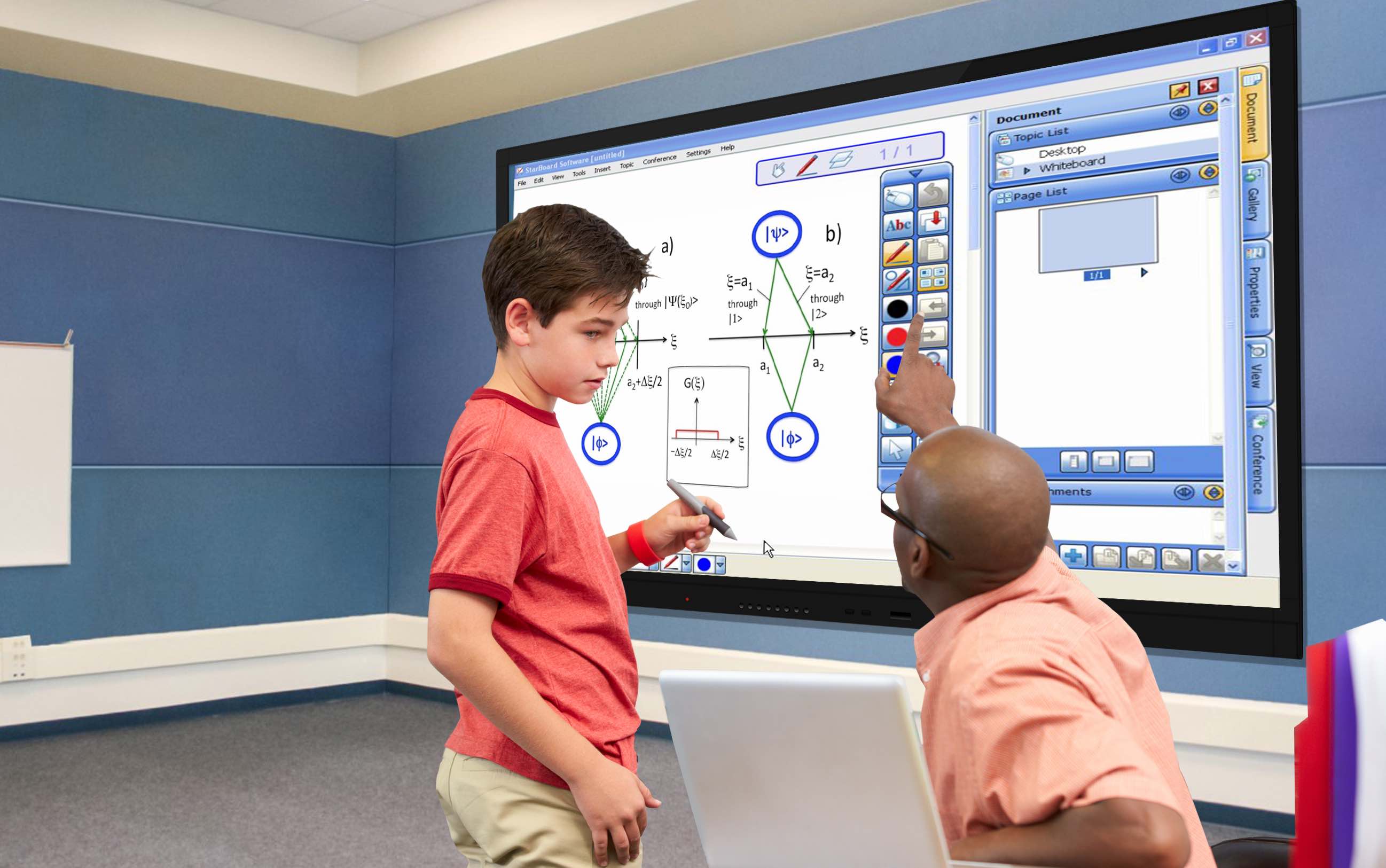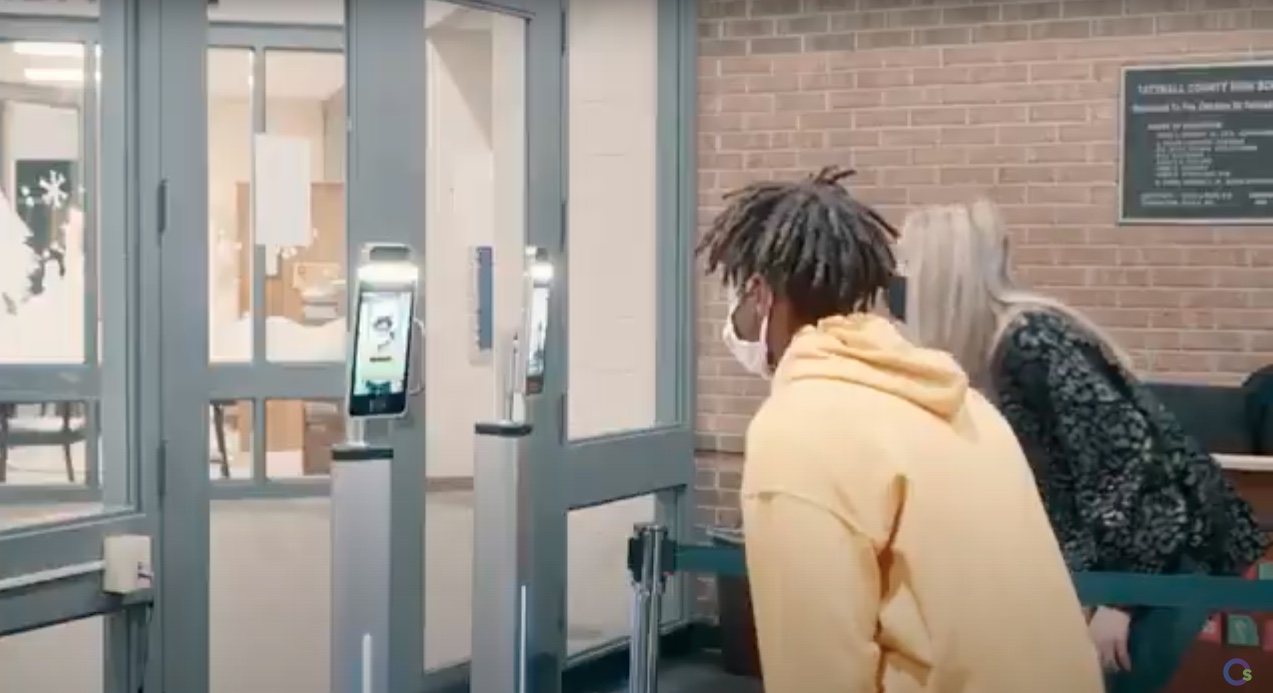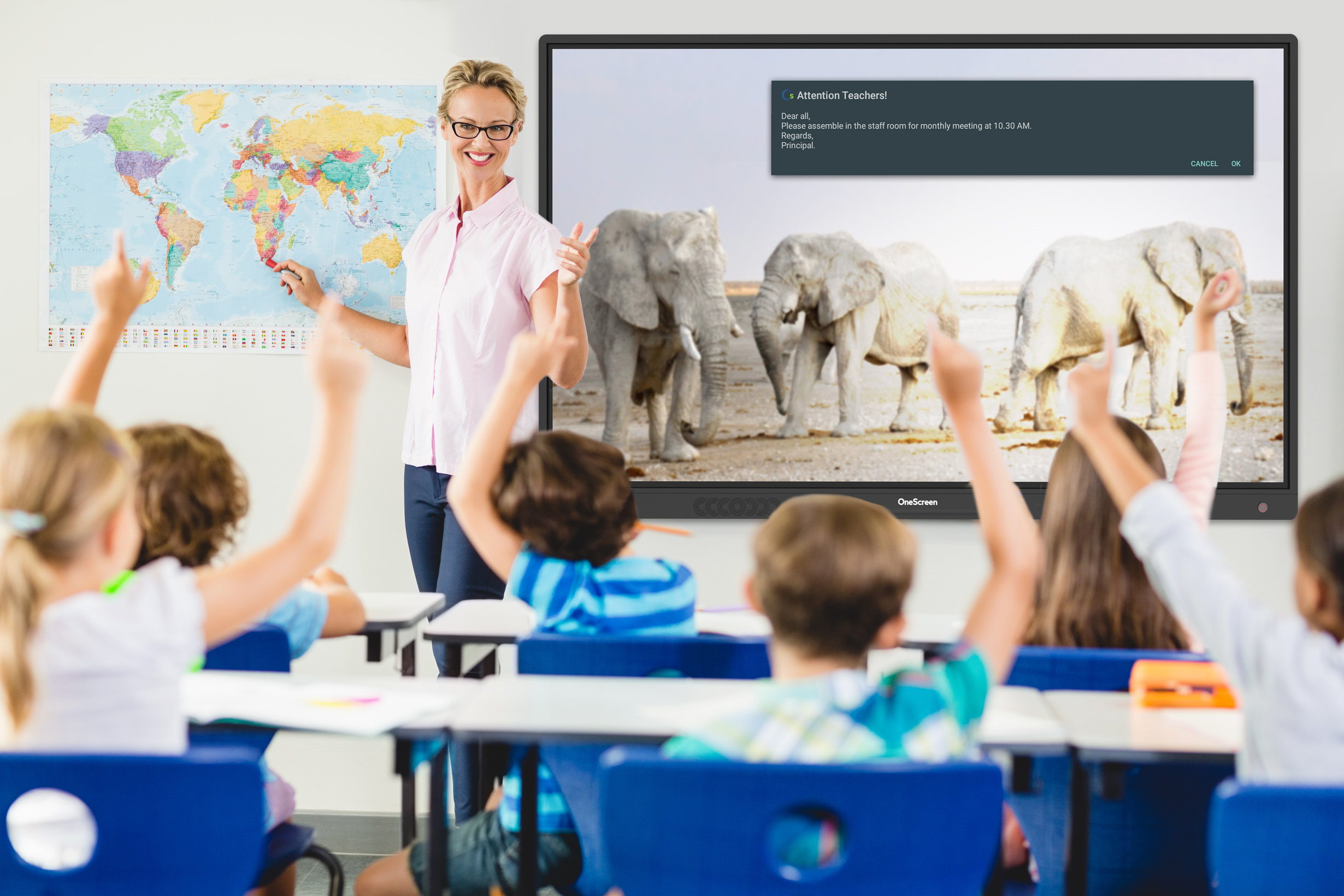
Student Performance Soars with EdTech
Better EdTech was on just about every school’s wish list for years, but now it is mission critical. Fortunately, technology for the classroom has gotten more powerful and less expensive very recently.

Better EdTech was on just about every school’s wish list for years, but now it is mission critical. Fortunately, technology for the classroom has gotten more powerful and less expensive very recently.
In Part I of Are We Asking Too Much of Teachers, we reviewed answers from our survey of teachers, primarily in the US, about their biggest concerns in the reopening of schools. We also asked whether they felt that the definition of teaching had changed forever.
We went deeper in Part II, moving on to what could be done to address those concerns. Their answers were thoughtful, complex, creative, emotional and sometimes even heart-breaking.

Securing school entryways has always been a hot topic. It often gets brought up at school events, district meetings and as a security concern by parents. Ensuring that access is under control and up-to-date with the best safety and security protocols can be difficult due to factors like not enough room in the budget or not having enough staff available to handle the changing requirements.
 Onescreen 2020 Recap
Onescreen 2020 RecapThe year 2020 was destined to be one for the history books. Tech analysts and social critics have long predicted that the double 20s would be the tipping point when digital took priority over analog. They were right for all the wrong reasons. Remote work, remote learning and remote everything else became the defining features of life in 2020 as rising infection rates, rolling lockdowns and quarantines made in-person meetings all but impossible.
 Remote Learning Insights
Remote Learning InsightsThere’s only one person who really knows what’s going on in today’s classroom: the teacher. We wanted to discover how teachers felt about remote learning and their plans for the future of education, so we sent out surveys to teachers all over the world.
In-person learning remains a critically important component for quality education. That’s one of the clear messages that emerged when K-12 teachers from around the world answered a survey from OneScreen on the state of EdTech and the year ahead.

Once there were technology objects you bought, like flat panel screens and on-premise servers, and services that you used, like accounting software and electricity. Objects were purchased with a large upfront payment while services were paid for at a much lower but recurring cost. Finance-minded buyers referred to these categories as capital expenditures (CapEx) vs. operating expenditures (OpEx).

There’s no shortage of great assistive technology for educators, but school districts everywhere live with a drastic shortage of the time, funding, and technical infrastructure to make new tools work.

There’s an ancient saying along the lines of “extra is excess.” That becomes crystal clear when you’re packing a bag for a long trip, but it’s the opposite of what’s happening with productivity in the workplace. Things are getting more complex at work as people strive to get more done, hit their efficiency goals, and not waste a single second. In the end, the benefits of simplicity often get lost in the rush to meet everyone’s expectations.